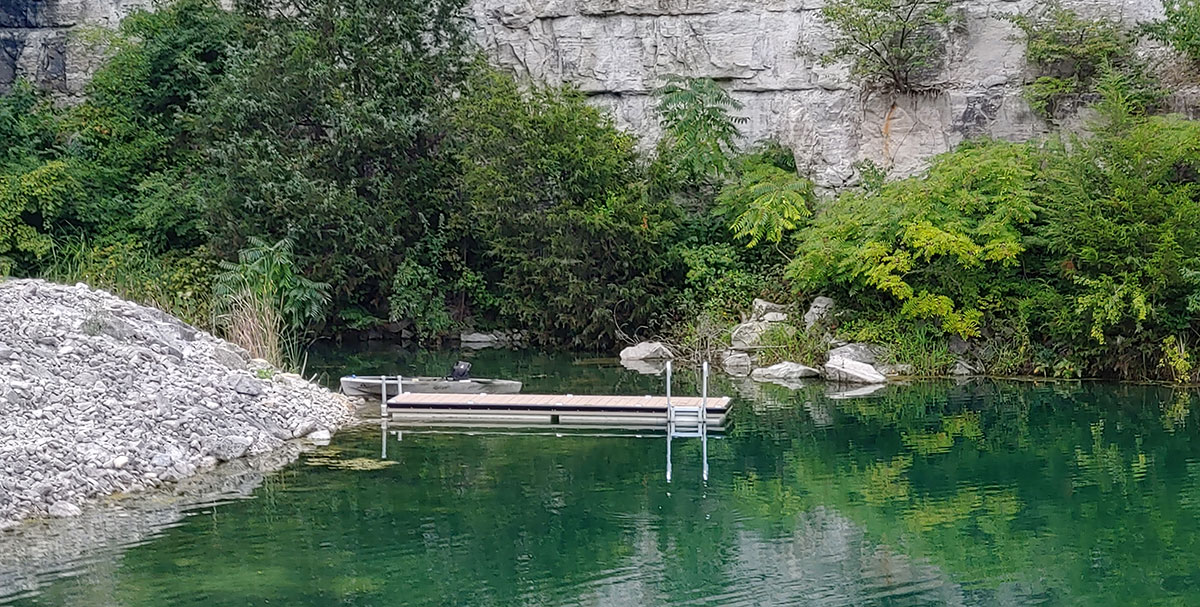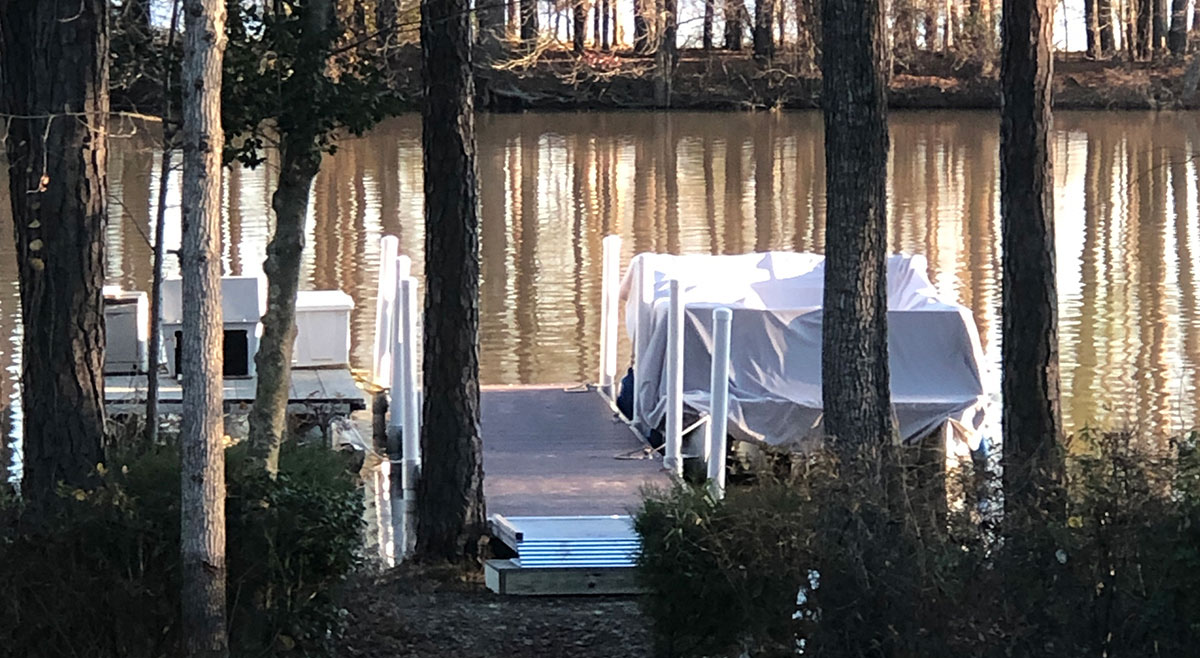
What is the general industry standard for fall protection?
Since falls are the major cause of fatalities in the workplace, the Occupational Safety and Health Administration (OSHA) provides fall protection guidelines to prevent falls in the workplace.
Workplace falls are not just fatal to the employees, but they also lead to extra costs connected to workplace injuries, such as compensation payments. It is these guidelines that experienced dock manufacturers use to ensure the safety of dock users.
General industry fall protection guidelines
The Occupational Safety and Health Administration provides the following guidelines to prevent workplace injuries:
● Guardrails, safety nets, or personal fall arrest systems should be installed to prevent fatalities for people working on a surface that is six feet high or more.
● Employers must guard all floor holes using toe boards or railings or covers.
● Employees should use fall protection no matter the height of the surface they are standing on if dangerous machinery or containers is holding hazardous chemicals below them. Some examples of dangerous machinery are conveyor belts and huge cement mixers.
● Employers must hire safety experts to train employers on how to avoid height-related accidents.
There are more guidelines on the official OSHA website.
Fall Protection Guidelines for Specific Industries
Besides these general industry fall protection strategies, there are guidelines for each specific industry. For instance, there are guidelines on the specific height employers must protect for in certain jobs, depending on the industry. Below are some of these guidelines:
● Shipyards have to protect elevated heights measuring four feet and above.
● In the construction industry, protection guidance should be available starting at six feet.
● Longshore operations require protection rules for elevated heights from eight feet and over.
● General industry workplaces provide protection guidelines starting from four feet.
● Equipment used to protect these heights includes railing, posts, ropes, and more. Workers also have their own protective equipment.
Fall Protection Equipment
Some of the structures that are required for protection include:
● Handrails and guardrails: The appropriate height for mid-rails, posts, and top rails are 42 inches.
● Stair rails: They are installed 30 to 34 inches above the floor and are secured or mounted on the wall or partition.
● Toeboards: Toeboards must be 4 inches high to prevent workers from slipping over.
● Safety net: Safety nets are used mainly on construction sites to prevent accidental falls. Install nets 25 feet below where the employees are working.
● Scaffolding: Scaffolding must be built according to safety requirements for the sake of employees working on scaffolding or employees dismantling the scaffolding. Each employee must tie themselves to an anchor point and use a protection system as they work on the scaffolding. Scissor lifts are considered as scaffolding and that means they must have fall protection guidance for people working on them.
Personal Protection for workers
Employees need the following personal protection:
● A body belt for worker positioning and fall prevention.
● A full-body harness to distribute fall arrest forces on thighs, pelvis, and across the shoulders.
Other personal fall prevention equipment includes shoes that have enhanced friction to prevent slips and hand gloves that provide firm grips. You can read the OSHA fall protection guidelines for more information about fall protection equipment.
One of the key benefits of choosing AccuDock is the wide array of safety features available, including toe boards, fall protection, qualified anchoring points, lifting rings, locking mechanisms, and guard rails, making the industrial docks and floating pump platforms OSHA compliant.
AccuDock is a global leader in the design and manufacturing of Floating Docks
CALL 954.785.7557 OR EMAIL INFO@ACCUDOCK.COM FOR MORE INFORMATION








